Showing 1–12 of 42 results
-
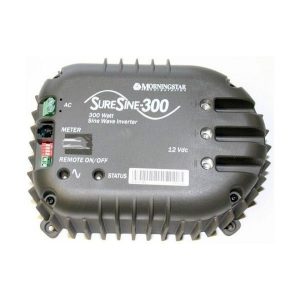
Morningstar 300W Inverter
$504.00 -
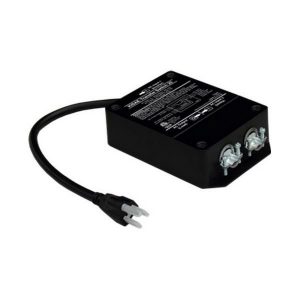
Kisae 20 amp Transfer Switch
$147.00 -
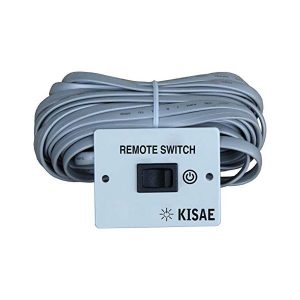
Remote On/Off Switch MW & SW inverters
$30.00 -
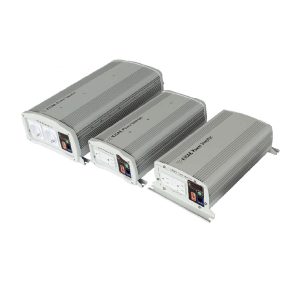
KI 2000W, 24V SW Inverter only, ETLc
$777.00 -
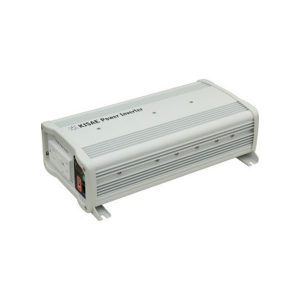
KI 1000W, 12V SW Inverter only, ETLc
$453.00 -
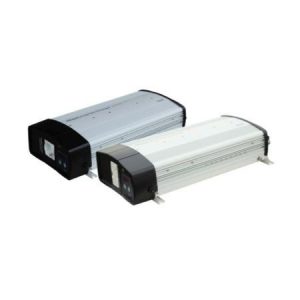
KI 2000W, 12V SW Inverter/Charger 55A, ETLc
$1,114.00 -
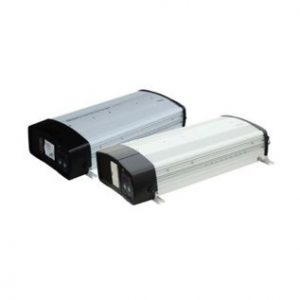
KI 1000W, 12V SW Inverter/Charger 40A, ETLc
$806.00 -
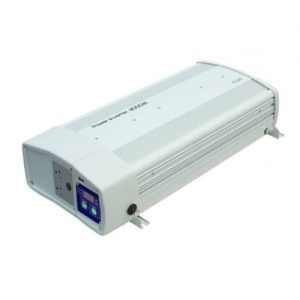
KI 3000W, 12V SW Inverter/Charger 150A, ETLc
$2,423.00 -
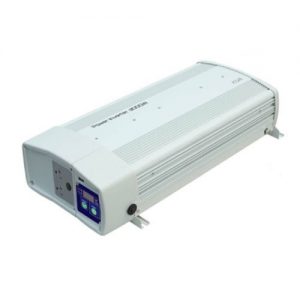
KI 2000W, 12V SW Inverter with hard wire transfer switch, ETLc
$954.00 -
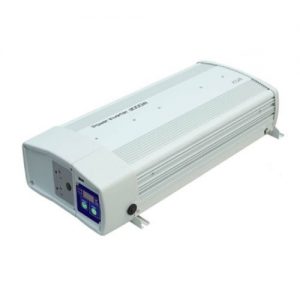
KI 3000W, 12V SW Inverter with hard wire transfer switch, ETLc
$1,208.00 -
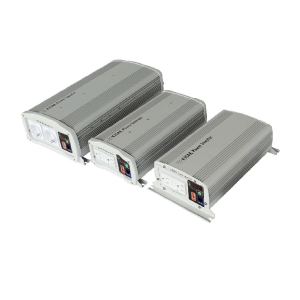
KI 2000W, 12V SW Inverter only, ETLc
$680.00 -
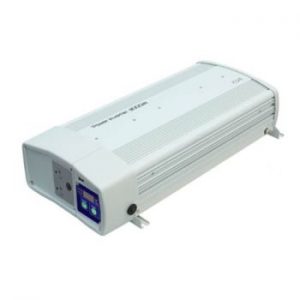
KI 3000W, 12V Mod Sine Inverter with hard wire transfer switch, ETLc
$850.00
Solar panel Inverters
When people picture solar systems, they often think of the solar panels or batteries. But another critical component is the inverter. Without it, the power that’s generated from your solar panels won’t be usable in your home or business.
What is an Inverter?
A solar inverter allows you to transform the energy from your PV panels into a state that can power household appliances.
Your solar system generates DC electricity. However, most appliances and electronics only use AC electricity. The inverter converts the DC power into usable AC power for your home or commercial property.
DC power (Direct Current)
Electronics that use a battery run off of DC power.
Your PV panels convert sunlight into DC electricity. But in its current form, the electronics in your home or business can’t make use of it. This is where the inverter comes into play.
AC power (Alternating Current)
AC electricity is what’s used to power most devices in homes and businesses (lights, ovens, and entertainment systems). Any electronic that plugs into a wall outlet receives AC power. Many household appliances can’t run off of DC electricity, which is why you need an inverter to make the change.
What’s the Difference between a Pure Sine Wave Inverter and a Modified Sine Wave Inverter?
When you’re looking for an inverter, you’ll find two main categories. Here’s an outline of the main differences between them, which will help you determine the best one for your setup:
Modified Sine Wave Inverters
With AC power, the voltage polarity ranges from low to high (hence the word alternating current). It creates a steady and smooth wavelength (a sine wave). But a modified sine wave inverter works a bit differently.
Rather than creating a smooth transition, a modified sine wave switches more abruptly between positive and negative polarities. These waves are choppier and look more like steps than a steady curve.
A modified sine wave inverter is more affordable, but it comes at the cost of reduced efficiency. It isn’t suitable for electronics that are sensitive to sine wave variations like computers, medical equipment, and televisions. It’s difficult to moderate power with this type of inverter—it’s more of an “all or nothing” output. But that isn’t an issue for devices like phone chargers or vacuums. You may notice a humming noise emitting from a device that’s powered by modified sine waves.
These inverters are affordable and ideal for smaller solar systems.
Pure Sine Wave Inverters
Pure sine wave inverters are perfect for electronics that run on AC energy. With this form of power, there’s an even rise and fall with each wavelength. A pure sine wave inverter allows you to produce more reliable electricity.
This inverter creates constant and smooth waves. To see an illustration of the differences between these modified and pure sine wave inverters, take a look at this graph.
For example, think about how a light dimmer works. When you adjust the brightness, you’re using slightly more or less power. With pure sine wave inverters, the transition will be smooth—but with a modified sine wave inverter, it will be choppy and may not work at all.
Pure sine wave inverters tend to be more expensive, but depending on what you use electricity for, you may need them to power your appliances.
Types of Inverters
Off grid solar systems (Standalone)
Since this system is disconnected from the grid, you’ll need a battery or battery bank to store excess power. This allows you to access energy even after the sun has set. One of the greatest advantages of an off grid inverter is that you won’t have to pay for an electricity bill!
That being said, you may find it difficult to sell excess power back to a local electrical company with a standalone inverter.
On-grid systems
This type of inverter is commonly used in homes and businesses. Since you’re connected to the grid, you can sell back extra power whenever your panels generate more than you need. If you run out of electricity, you can draw from the grid power when needed. However, you won’t be able to access or generate power during outages.
Hybrid systems
Many inverters are now designed for hybrid solar systems. These devices include a battery and they connect to the grid. You can use back-up power during outages and easily sell excess energy back to the grid.
String Inverters
If your solar panels are connected in a series, you can make use of a string solar inverter. You’ll only need one or two for all your PV panels.
But since your panels are interconnected, the string system has one limitation: it can only output as much power as the lowest generating panel produces. The inverter equalizes the output across all the panels. If a cloud or shadow passes over one panel in a string, that brings down the output of the entire system.
This won’t be an issue for a solar array that’s in a sunny area, but for a panel that’s covered by clouds and shadows, a string inverter could limit your energy generation.
Micro Inverters
These inverters are attached to each PV panel. For one panel, you’ll need one micro inverter (although some can work with 2 or more). This frees you from the limitation of a string inverter since you can harvest the maximum output from each panel. But since you need one micro inverter for each panel, you’ll likely need to buy more than one. You can monitor the energy generation of each panel in your system and identify any issues or inefficiencies.
DC energy is directly converted to AC energy at the solar panel itself. Maximize the output of each solar panel with micro inverters.
There are many types of inverter setups to choose from. Select a volt configuration that’s right for your canadian solar system. With an Outback inverter, you can fully utilize the power that you generate from your solar panels.
